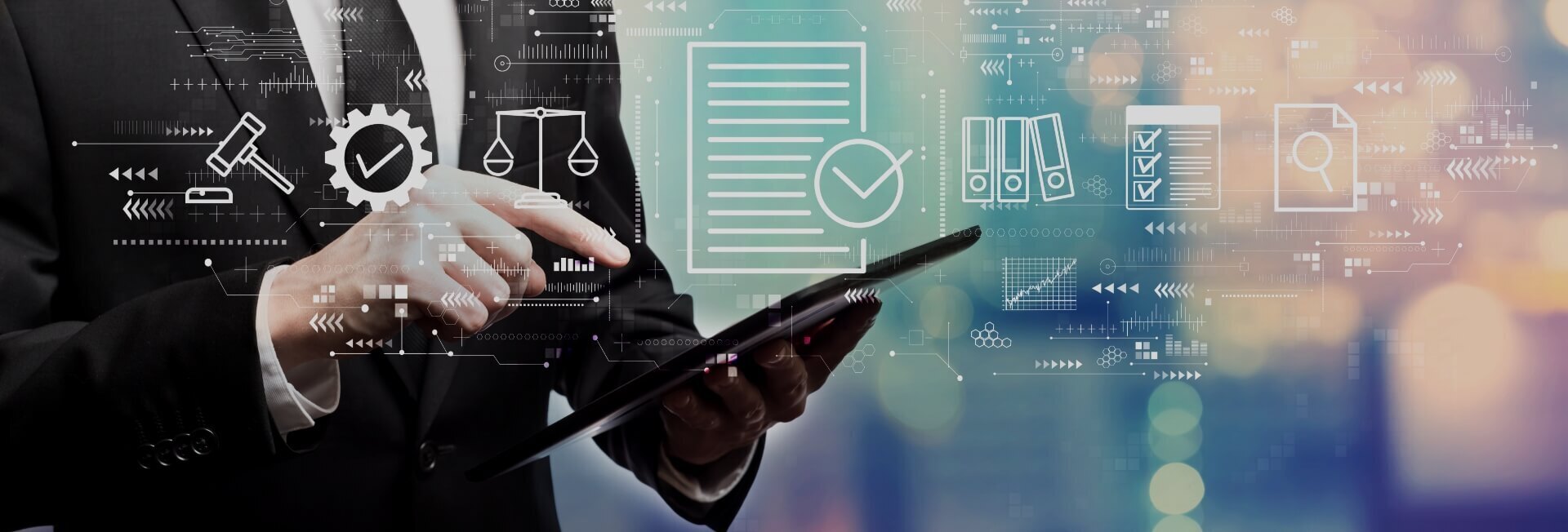
The challenges faced by customs officers in identifying counterfeit goods
- Home
- Resources
- Customs Compliance and Clearance
- The challenges faced by customs officers in identifying counterfeit goods
The Challenges Faced by Customs Officers in Identifying Counterfeit Goods
Customs officers play a crucial role in protecting national economies and consumers from the harmful effects of counterfeit goods. However, the task of identifying counterfeit goods can be incredibly challenging due to the ever-evolving tactics employed by counterfeiters. In this article, we will explore the difficulties faced by customs officers and the solutions implemented to combat the counterfeiting industry.
The Growing Counterfeiting Industry
The counterfeiting industry has seen significant growth in recent years, fueled by advancements in technology and global trade. Counterfeit goods are no longer limited to luxury items such as designer handbags or watches; they now encompass a wide range of products, including electronics, pharmaceuticals, and even everyday household items.
Counterfeit goods not only infringe on intellectual property rights, but they also pose serious health and safety risks to consumers. From counterfeit medications that contain harmful substances to counterfeit electronics that can cause fires or explosions, the consequences of purchasing counterfeit goods can be severe.
As a result, customs officers have been tasked with the responsibility of intercepting and confiscating counterfeit goods at borders and ports of entry. However, this task is far from easy.
Evolution of Counterfeit Tactics
Counterfeiters have become increasingly sophisticated in their tactics, making it difficult for customs officers to identify counterfeit goods. Let's take a look at some of the tactics employed by counterfeiters:
1. High-quality Replicas: Counterfeiters have become adept at producing high-quality replicas that closely resemble the genuine products. From the packaging to the product itself, counterfeit goods can be virtually indistinguishable from the real thing.
2. Advanced Technology: Counterfeiters have access to advanced technology, allowing them to create counterfeit goods with precision. From 3D printing to holographic labels, counterfeiters are constantly finding new ways to deceive both consumers and customs officers.
3. Supply Chain Complications: Counterfeit goods often enter the legitimate supply chain, making it difficult to trace their origins. They may be mixed with genuine products or disguised as legitimate shipments, making it challenging for customs officers to identify them.
The Role of Technology in Counterfeit Detection
Recognizing the need for advanced tools to combat counterfeiting, customs authorities have turned to technology for assistance. Here are some of the technological solutions that have been implemented:
1. Machine Learning and Artificial Intelligence: Machine learning algorithms can analyze vast amounts of data to identify patterns and anomalies that may indicate counterfeit goods. By training models on historical data, customs officers can improve their ability to detect counterfeit goods.
2. Optical Scanning and Imaging: Advanced imaging technologies can help customs officers examine products at a microscopic level, revealing hidden details that may indicate counterfeit goods. Optical scanning can also detect discrepancies in packaging or labeling.
3. Blockchain Technology: Blockchain technology provides a transparent and tamper-proof record of transactions, making it easier to trace the origins of goods. By implementing blockchain in supply chains, customs officers can have greater visibility and traceability, making it harder for counterfeit goods to enter the legitimate market.
While technology has undoubtedly improved the ability of customs officers to identify counterfeit goods, it is not a foolproof solution. Counterfeiters are constantly adapting and finding new ways to bypass detection.
The Importance of International Cooperation
Counterfeit goods are often produced in one country and distributed globally. Therefore, international cooperation is paramount in combating counterfeiting. Customs authorities from different countries must work together to share information, intelligence, and best practices.
International organizations such as Interpol and the World Customs Organization (WCO) play a crucial role in facilitating this cooperation. They provide a platform for customs officers to exchange information and collaborate on joint operations targeting counterfeit goods.
Investing in Training and Education
Recognizing the complex nature of counterfeiting, customs authorities have invested in training and education programs for their officers. These programs aim to enhance the knowledge and skills of customs officers in identifying counterfeit goods.
Training programs cover a wide range of topics, including product authentication, risk assessment, and emerging trends in counterfeiting. Customs officers are also educated on the legal frameworks and international trade regulations that govern the import and export of goods.
By equipping customs officers with the necessary knowledge and skills, customs authorities can improve their ability to detect and intercept counterfeit goods.
The Role of Public Awareness
Public awareness is another crucial component in the fight against counterfeit goods. Consumers need to be educated about the risks associated with purchasing counterfeit products and the importance of supporting legitimate businesses.
Customs authorities often collaborate with other government agencies, industry associations, and consumer advocacy groups to raise awareness about counterfeiting. Public campaigns and educational materials are created to inform consumers about the dangers of counterfeit goods and how to identify genuine products.
Conclusion
The challenges faced by customs officers in identifying counterfeit goods are vast and ever-evolving. Counterfeiters are constantly finding new ways to deceive both consumers and customs authorities, making the task of identifying counterfeit goods incredibly difficult.
However, through the use of advanced technology, international cooperation, training and education, and public awareness campaigns, customs officers are making strides in combating the counterfeiting industry. By working together, we can protect consumers and economies from the harmful effects of counterfeit goods.